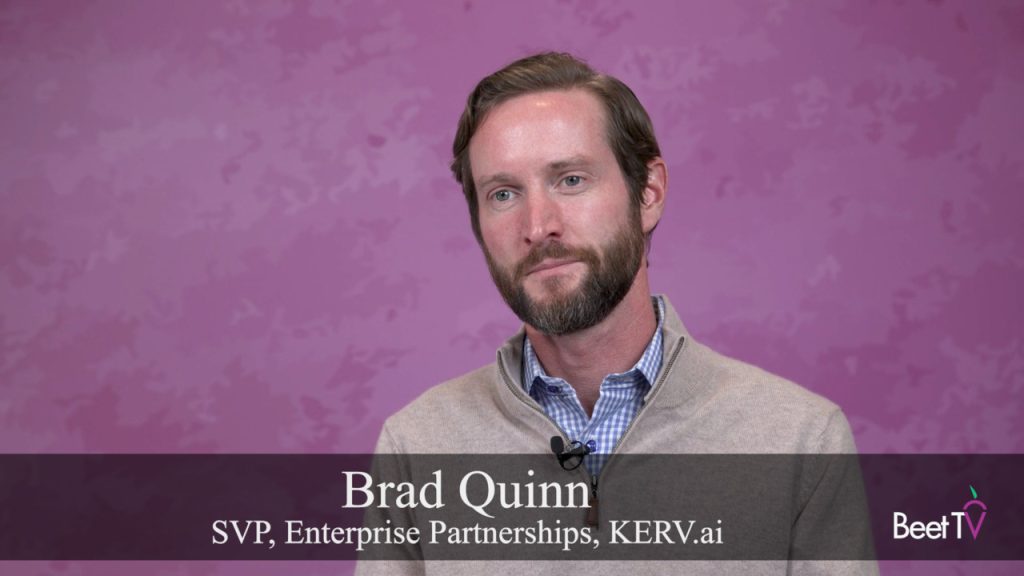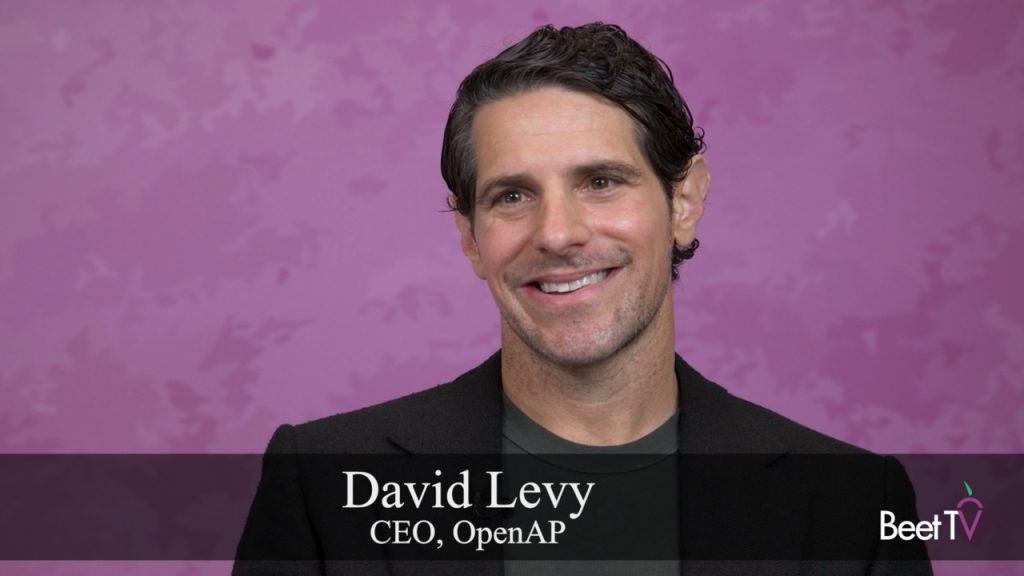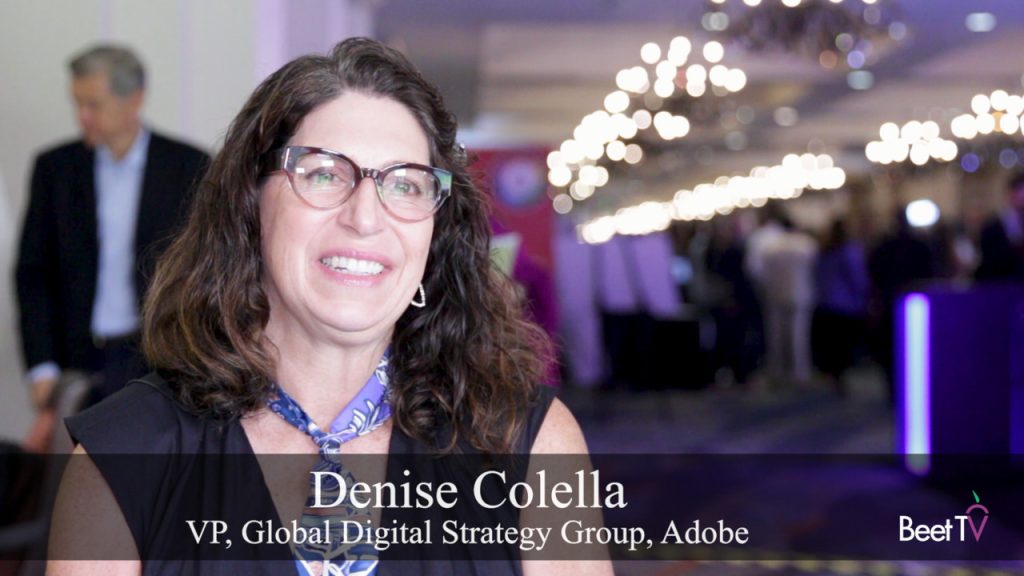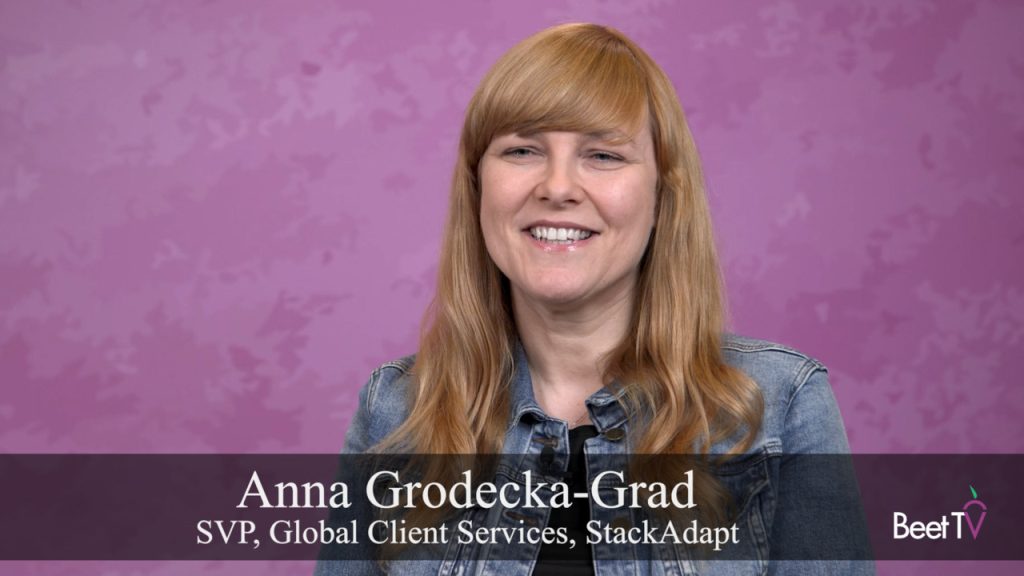Why is L’Oreal interested in connected TV marketing? Because it’s worth it.
But that doesn’t mean the beauty brand thinks the internet-enabled TV ad opportunity is unblemished yet.
In this video interview with Beet.TV, L’Oreal’s SVP and head of media, Shenan Reed, a media agency veteran, opens up on how the company is navigating the opportunities and challenges opening up in a crazy 2020.
Improving CTV
“It’s a very important place, not just for us, but for many marketers to pay attention to,” she says. “It presents all sorts of interesting opportunities in targeting and better audience understanding.
“But it’s also very nascent and it has a lot of room for growth and improvement in my opinion.
“Our challenge in this space is measurement and scale. Those are the two biggest challenges I see in the world of CTV at the moment.”
Reed acknowledges internet TV viewing is booming. But she says: “We just don’t have the cross-device measurement that we’d like to see yet. I continue to challenge all of our partners to come back to us with potential solutions.”
Measuring up
L’Oreal has turned to verification partners that can measure viewability, help place ads in appropriate contexts and safeguard against fraudulent ad publishing.
“We are fairly strict as an organisation about verification and making sure that we are avoiding places with fraud, that our content is being seen our creative are being seen in environments that are appropriate for our brands.”
Some of the these issues have plagued the classical digital display ecosystem, whilst many had assumed that TV would be, by default, immune to such concerns.
But now those worries are amplifying as verification vendors uncover evidence of a growing fraud problem.
Meet the mascara thats going viral ⚡️ Telescopic Mascara is a fan fav and the ultimate hack for big, bold LENGTHY lashes…and even better…it's under $10 https://t.co/3zKTHfK2mv pic.twitter.com/nuf7cGWpXE
— L'Oréal Paris USA (@LOrealParisUSA) October 9, 2020
Pandemic pivot to new normal
Reed says brands like L’Oreal have had to navigate a lot during 2020, a year in which a global viral pandemic reset the norms of advertising.
She says that, early on, that forced a re-think of ad creative that might show transmission risks like hugging, kissing or high-fiving, and brands pivoted from selling to expressing empathy.
Now she says brands want to begin selling again but must “make sure that we are more paying attention to the places where our customers are, as opposed to historically where we’ve presumed they be”.
I know I wasn't here when this was done, but these filters are so much fun and truly make a teams/zoom meeting so much more enjoyable. https://t.co/rEh4TxAIVu
— shenan (@shenan) September 12, 2020
Ecommerce and discovery
The big new consumer trend she is watching – ecommerce. “I think the numbers are saying 10 years of growth in eight months, numbers that I don’t think any of us were expecting,” Reed says.
“We were already at a bit of a tipping point for the industry in that so many new payment platforms had come available to consumers to make the checkout process easier.” She cites Shopify, the ecommerce enablement platform, as leading the charge.
All of which, Reed says, is increasing consumer trust and decreasing friction.
But even that may have its down side.
“The thing that I worry about in that space and the risk that I see is a loss of potential serendipity,” Reed says. “We may actually be getting to a place where, because the targeting of our advertising is so good, because the focus of what we can put in front of a customer is so specific, that we may be taking away the opportunity for consumers to truly discover (new products).”
This video is part of CTV Grows Up: Making a New Medium More Efficient & Effective, a Beet.TV series presented by DoubleVerify. For more videos from the series, please visit this page.







































